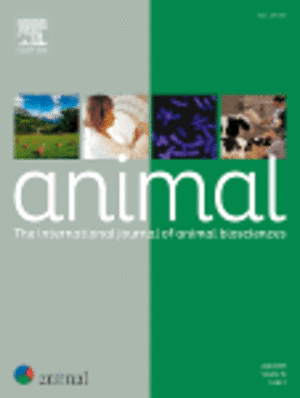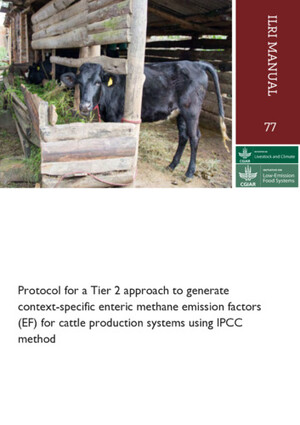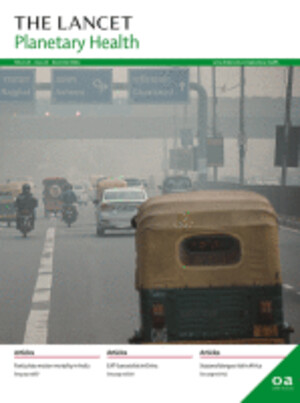
Management matters: Testing a mitigation strategy for nitrous oxide emissions using legumes on intensively managed grassland
Abstract
Abstract. Replacing fertiliser nitrogen with biologically fixed nitrogen (BFN) through legumes has been suggested as a strategy for nitrous oxide (N2O) mitigation from intensively managed grasslands. While current literature provides evidence for an N2O emission reduction effect due to reduced fertiliser input, little is known about the effect of increased legume proportions potentially offsetting these reductions, i.e. by increased N2O emissions from plant residues and root exudates. In order to assess the overall effect of this mitigation strategy on permanent grassland, we performed an in situ experiment and quantified net N2O fluxes and biomass yields in two differently managed grass–clover mixtures. We measured N2O fluxes in an unfertilised parcel with high clover proportions vs. an organically fertilised control parcel with low clover proportions using the eddy covariance (EC) technique over 2 years. Furthermore, we related the measured N2O fluxes to management and environmental drivers. To assess the effect of the mitigation strategy, we measured biomass yields and quantified biologically fixed nitrogen using the 15N natural abundance method. The amount of BFN was similar in both parcels in 2015 (control: 55±5 kg N ha−1 yr−1; clover parcel: 72±5 kg N ha−1 yr−1) due to similar clover proportions (control: 15 % and clover parcel: 21 %), whereas in 2016 BFN was substantially higher in the clover parcel compared to the much lower control (control: 14±2 kg N ha−1 yr−1 with 4 % clover in DM; clover parcel: 130±8 kg N ha−1 yr−1 and 44 % clover). The mitigation management effectively reduced N2O emissions by 54 % and 39 % in 2015 and 2016, respectively, corresponding to 1.0 and 1.6 t ha−1 yr−1 CO2 equivalents. These reductions in N2O emissions can be attributed to the absence of fertilisation on the clover parcel. Differences in clover proportions during periods with no recent management showed no measurable effect on N2O emissions, indicating that the decomposition of plant residues and rhizodeposition did not compensate for the effect of fertiliser reduction on N2O emissions. Annual biomass yields were similar under mitigation management, resulting in a reduction of N2O emission intensities from 0.42 g N2O-N kg−1 DM (control) to 0.28 g N2O-N kg−1 DM (clover parcel) over the 2-year observation period. We conclude that N2O emissions from fertilised grasslands can be effectively reduced without losses in yield by increasing the clover proportion and reducing fertilisation.
Citation
Fuchs, K., Hörtnagl, L., Buchmann, N., Eugster, W., Snow, V. and Merbold, L. 2018. Management matters: Testing a mitigation strategy for nitrous oxide emissions using legumes on intensively managed grassland. Biogeosciences 15: 5519–5543.










